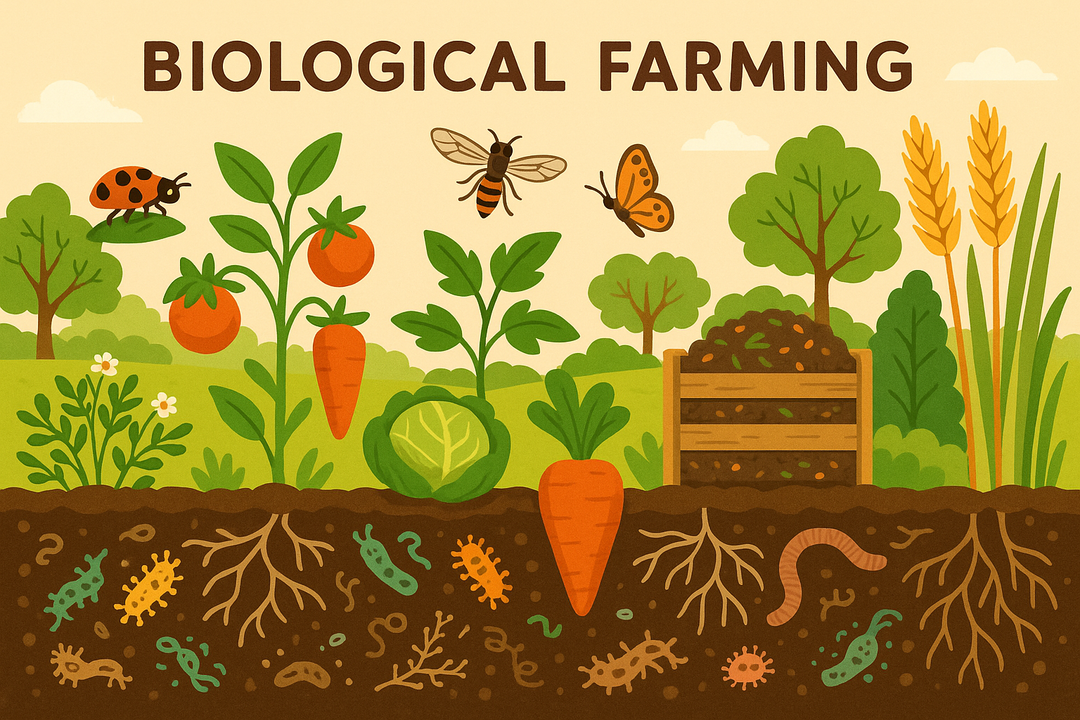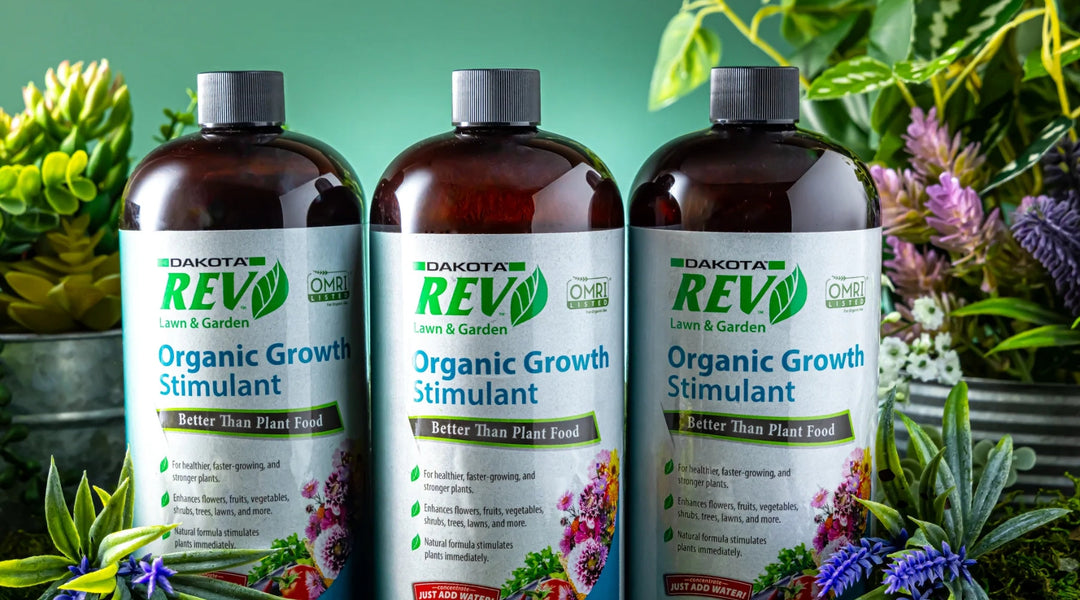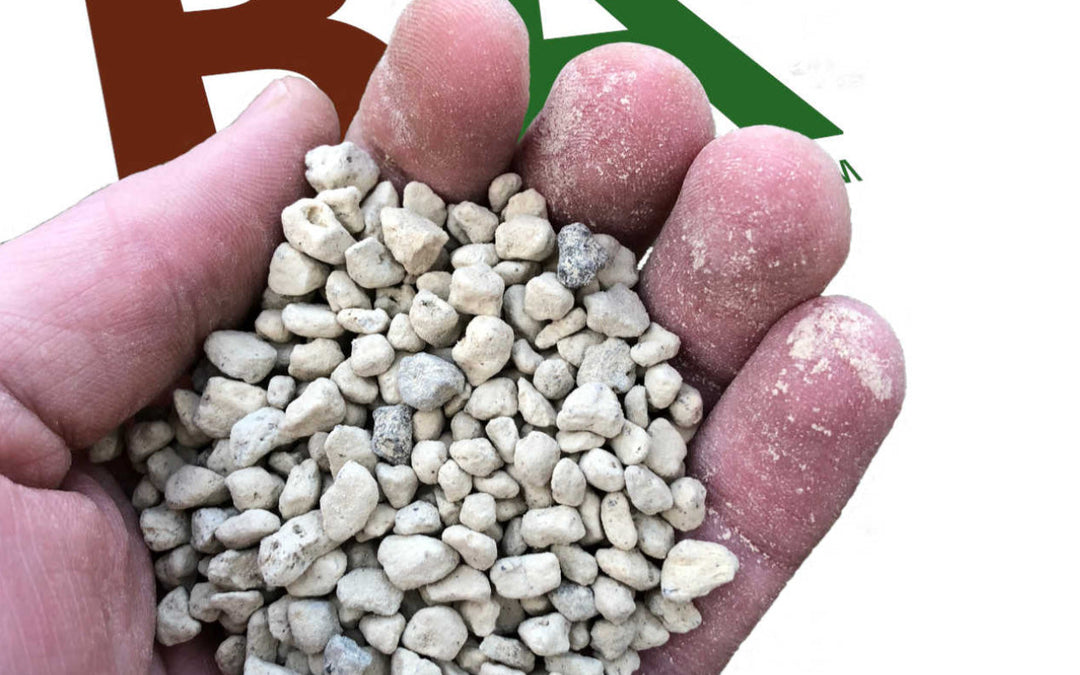Soil 101: A Soil Type Guide
What's so special about dirt? Unless you're a gardener or someone who appreciates agriculture, you probably don't understand the ins and outs of different soil types. However, the stuff beneath our feet helps grow our food, prevent damage from rain and water runoff, and more. So, let's dig in – no pun intended – to learn about soil types and how they impact gardening and agriculture, as well as organic soil amendments like peat, rice hulls, and crab shell flour.
What are the Different Types of Soil?
When it comes to soil, there are four main types. These are:
- Sandy
- Silt
- Clay
- Loam
What is Sandy Soil?
The first type of soil is sand, which consists of small pieces of rock that have been broken apart. Sand doesn't offer much support for plant growth because it doesn't retain water and has few nutrients. However, sandy soil is excellent for promoting drainage.
Silt Soil Properties
Silt is made up of broken-down rock and other minerals and falls between clay and sand when compared in size. Silt has smooth, fine particles, allowing it to retain water better than sand. It is also more fertile than those other two types of soil.
Silt is typically found near bodies of water, including lakes and rivers, and is transported easily by moving water. Silt is a common additive in agriculture to help improve the health of soil due to its fertility.
What is Clay Soil?
In terms of size, clay is the smallest, heaviest, and densest of the four soil types. This is because clay contains very densely packed particles with practically no air pockets. This type of soil is hard for water to penetrate, but clay retains that moisture very well once it does. Unfortunately, the water retention and dense configuration of clay means that it doesn't drain well or allow space for root growth.
What is in Loam Soil?
The fourth type of soil is loamy. Although we give it its own category, loam is a mix of the other three types of soil: clay, silt, and sand. Loam offers the best qualities of each soil type, making it able to retain water, rich with nutrients, and able to support plant growth. In addition to being known as loamy, many people refer to it as good soil for its combination of properties.
What is Organic Soil?
Organic soil is a secondary soil type defined by the amount of organic matter in the mix. Organic matter consists of elements, including dead plants, animals, and other organisms that can be broken down. Soil with more than 30 percent organic material is considered organic soil.
The concept of natural and organic soil also means that the mixture is free from chemicals. Using organic soil as a supplement for your plants can help promote drainage and give plants valuable nutrients from the organic matter.
Can You Make Organic Soil?
Although you can't entirely change the composition of your soil, it is possible to create organic soil by adding organic matter and other amendments to your existing soil. Thankfully, the majority of plant roots exist within the top six inches of soil, so this is where you should place the highest concentration of organic matter. In addition, adding amendments to your existing soil can help create healthier plants by increasing the nutrient content and promoting drainage.
What Are Soil Amendments?
If you're trying to improve the overall stability of your soil for gardening, lawn growth, or other uses, adding a soil amendment such as peat, rice hulls, or crab shell flour can help improve the effectiveness of your soil. Soil amendments improve the soil's condition by changing your existing soil's properties.
As we mentioned earlier, loamy soil is the best because it comprises the best qualities of the other three soil types. The vital aspect to consider with using soil amendments is the nutritional value of your current soil. The best way to determine the life in your soil is with a soil microbiometer or nutrition with another form of soil test.
Popular Soil Amendments
What is Peat?
Peat is an accumulation of partially decayed organic material that’s been sitting in marshy and swampy areas for thousands of years. Also known as peat soil, peat moss, and turf, peat is fantastic for storing carbon. In fact, despite covering only three percent of the world's surface, peat stores more than 42 percent of all soil carbon combined.
Another great aspect of peat, and a major way that it comes into play in agriculture, is how peat can balance moisture. Although plants need adequate moisture to grow, too much moisture can cause roots to rot. Peat promotes water retention while preventing excess water from harming roots. Although peat isn't naturally fertile, it also does an excellent job of maintaining nutrients to help overall soil health.
What Are Rice Hulls?
Rice hulls, also known as rice husks, are the protective layer that covers grains of rice. As a soil amendment, rice hulls offer an alternative to vermiculite and perlite. In addition to being renewable, rice hulls are also less dusty.
For agriculture applications, rice hulls offer aeration, improved drainage, and water retention. Rice hulls are a popular choice in gardening, especially among greenhouse growers. They do an excellent job at helping to support microbial life and are much more sustainable than other drainage options.
What is Crab Shell Flour?
Crab shell flour is designed to provide an organic and natural solution for repelling grubs. Adding crab shell flour to your soil stimulates biological organisms to eat or degrade creatures such as ants, grubs, insects, and other unwanted fungal trespassers.
Crab shell flour contains ground-up shells from lobsters and crabs and is high in chitin. The presence of crab shell flour supports bacteria in the soil that feeds on chitin. Since grubs and similar undesirable insects are also high in chitin, this bacterium helps target and remove them naturally.
In addition to acting as a natural pest control, crab shell flour helps boost the level of organic matter in the soil and increases moisture retention. We recommend mixing crab shell flour into your pest spray, organic soil, or compost to achieve the full benefits.
High-Quality Soil Amendments
The most important thing to remember when purchasing soil amendments is that they aren't regulated. A lack of regulation means it's crucial to research and only purchase soil amendments from a reliable manufacturer.
Rocky Mountain BioAg® has provided the best soil and soil amendments for over a decade. Every product is created with natural and organic practices and is backed by science for proven results. So whether you're overseeing a large-scale farming operation or enjoy container gardening and want to prevent tomato rot, Rocky Mountain BioAg® has the highest quality garden tools and planting materials you need to succeed.











Leave a comment